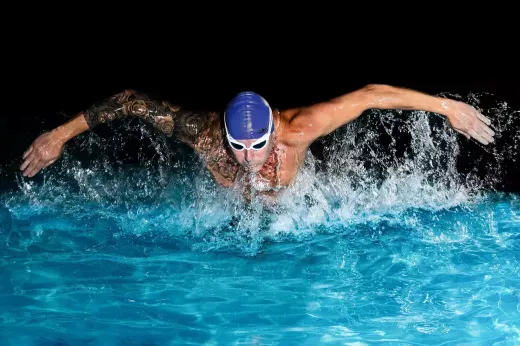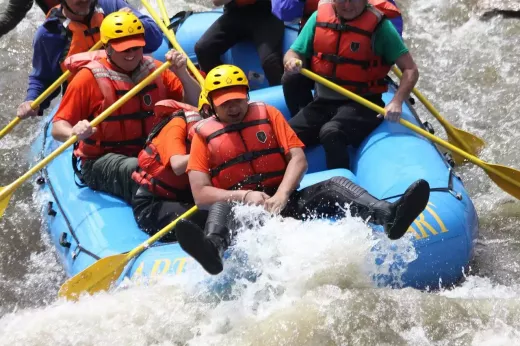Factors to consider when selecting a wave
When selecting the right wave, a surfer must take into consideration several factors. These factors include wave size, shape, speed, and how the surfer wants to approach the wave. Wave size - The size of a wave is an important factor that a surfer must consider when picking the right wave. A surfer must decide how big of a wave they want to ride. Surfers often look for waves that are of a certain size. They may want to ride waves with a certain size and shape that make it easier for them to get air or that allow them to perform tricks. However, no one wave is guaranteed to be the best wave to ride. Different waves have different sizes and shapes, which means that the best wave to ride may vary depending on the surfer. A surfer may be able to get more air time with a larger wave, whereas a smaller wave may give a smoother ride.
Shape - The next factor that a surfer must consider when picking the right wave is the shape of the wave. The shape of a wave is what impacts how a surfer approaches the wave. A lock may have a specific shape that allows a surfer to get a lot of air time or it may have a shape that requires a lot of turns to surf. A surfer must analyze the shape of the wave to decide how to approach it.
A wave’s shape impacts how a surfer approaches the wave. A wave with a certain shape may allow a surfer to get a lot of air time or perform tricks. However, there is no one wave that is guaranteed to be the best wave to ride. Different waves have different shapes, which means that the best wave to ride may vary depending on the surfer. A surfer may be able to get more air time with a larger wave, whereas a smaller wave may be too slow or too small to offer the energy a surfer wants.
Speed - The final factor that a surfer must consider when picking the right wave is the speed of the wave. The speed of a wave is important because it can impact how a surfer approaches the wave. The speed of a wave is like the force or momentum of the wave. A wave that has more momentum may be too fast or too dangerous to surf, whereas a wave with less momentum may be too slow or too small.
The speed of the wave is important because it can impact how a surfer approaches the wave. A surfer may want to ride a wave that has a certain speed, such as a wave that is too fast or a wave that is too slow. However, there is no one wave that is guaranteed to be the best wave to ride. Different waves have different speeds, which means that the best wave to ride may vary depending on the surfer.
How to approach a wave
A surfer must learn how to approach the wave correctly. A surfer must approach the wave at an angle that will allow them to get enough speed to power through the wave. Before going out to surf, a surfer must think about how they will approach the wave. A surfer should think about how they want to surf the wave. Are they looking to get air time or do they want to perform tricks? A surfer may want to surf a certain kind of wave or in a certain way. In these cases, the best way to approach the wave may be different from how a beginner might surf it. When approaching a wave, a surfer must approach at an angle that will allow them to get enough speed to power through the wave. A surfer must know when to go big and when to use their surfboard to cut through the wave. When approaching the wave, a surfer’s goal is to get enough speed that they can make it through the wave.
How to practice wave selection
A beginner should practice picking the right wave. Picking the right wave requires a lot of practice, so a beginner should pick a small and shallow wave that they can easily make it through. A beginner should pick a small and shallow wave that they can easily make it through. A beginner should then try to make it through the wave as fast as possible. The goal for a beginner should be to make it through the wave as fast as possible. A beginner should pick a wave that is small and shallow, then try to make it through the wave as fast as possible. Picking a small and shallow wave is the best way to practice picking the right wave, as it allows a beginner to easily make it through the wave. The better a surfer practices in these situations, the better they will be at picking the right wave in the future.
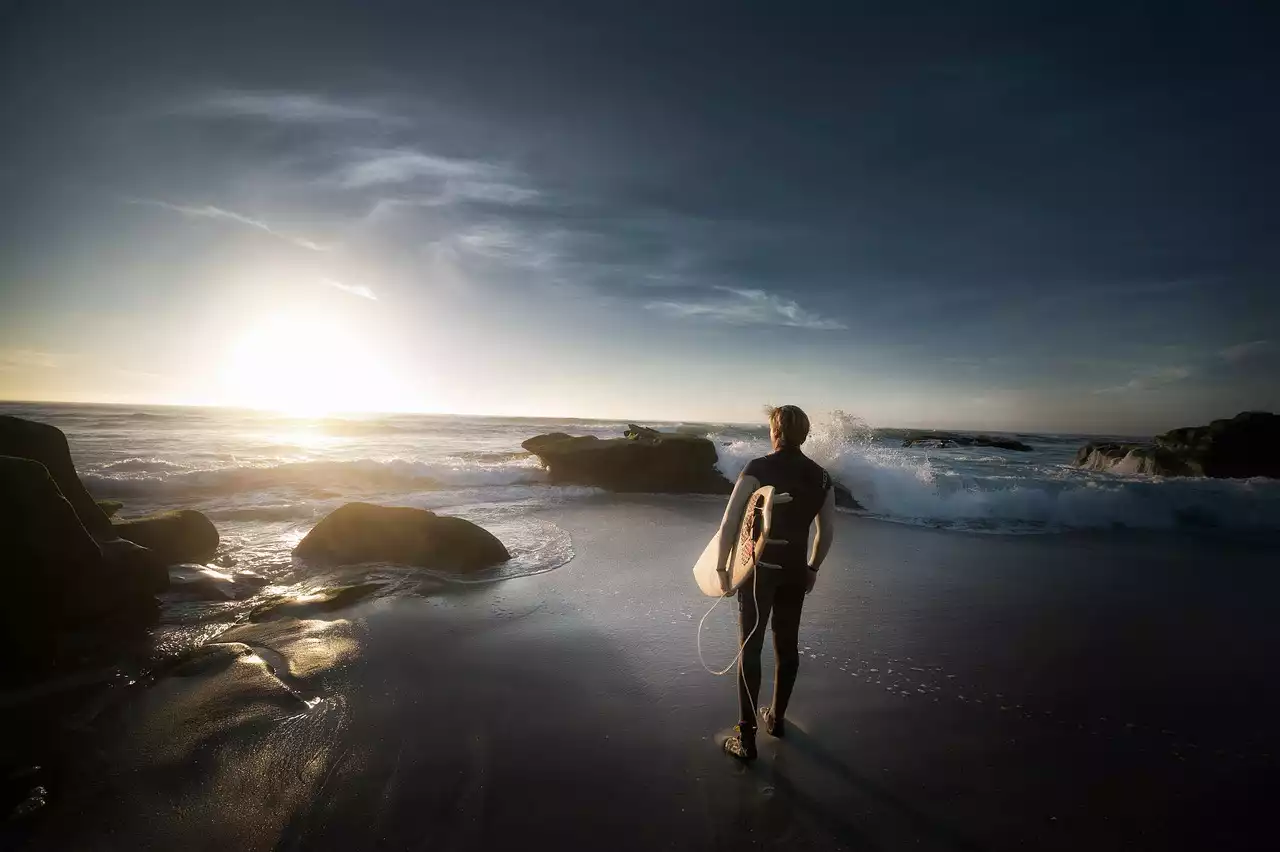
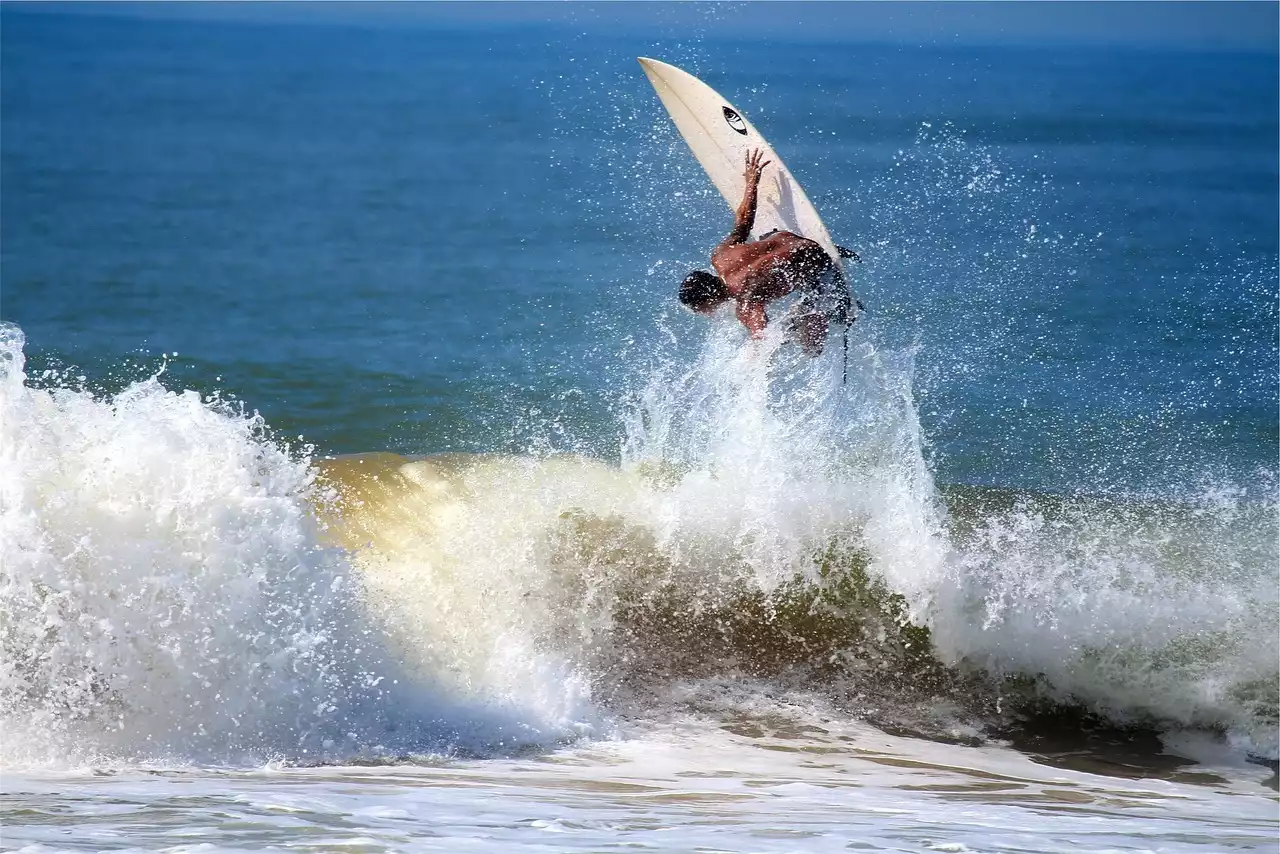
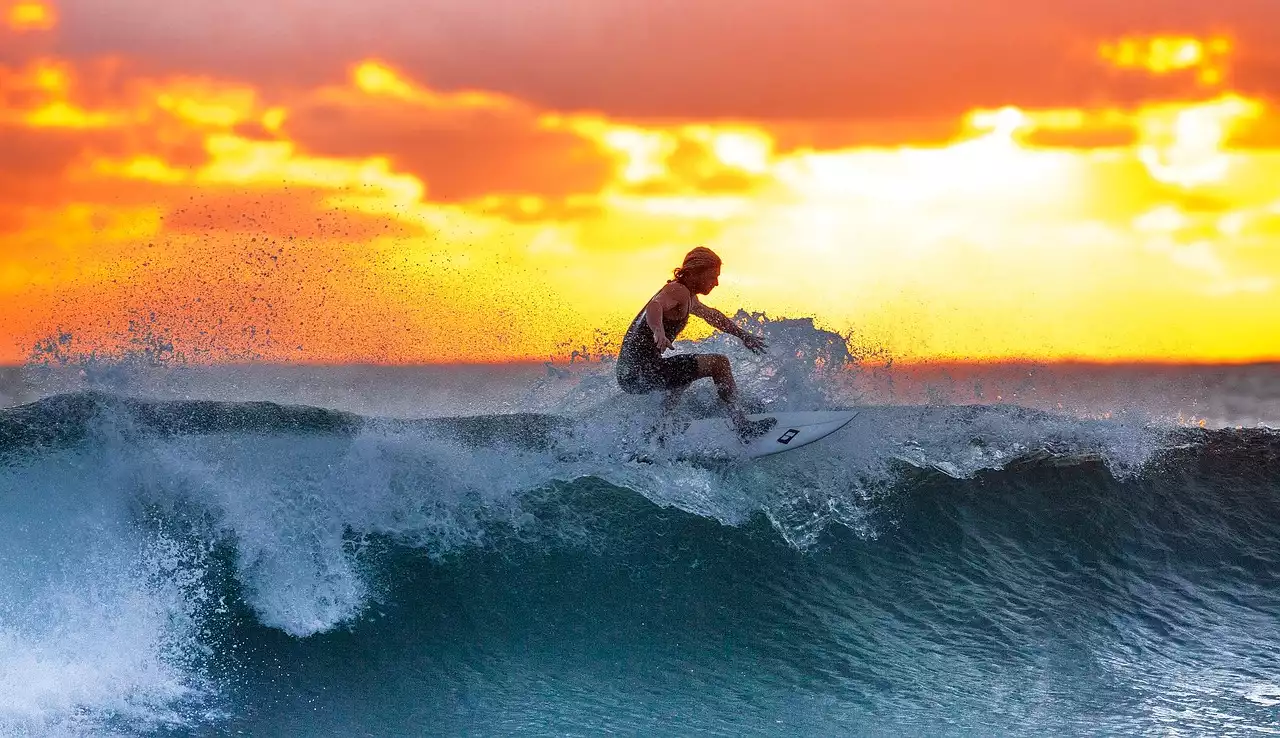
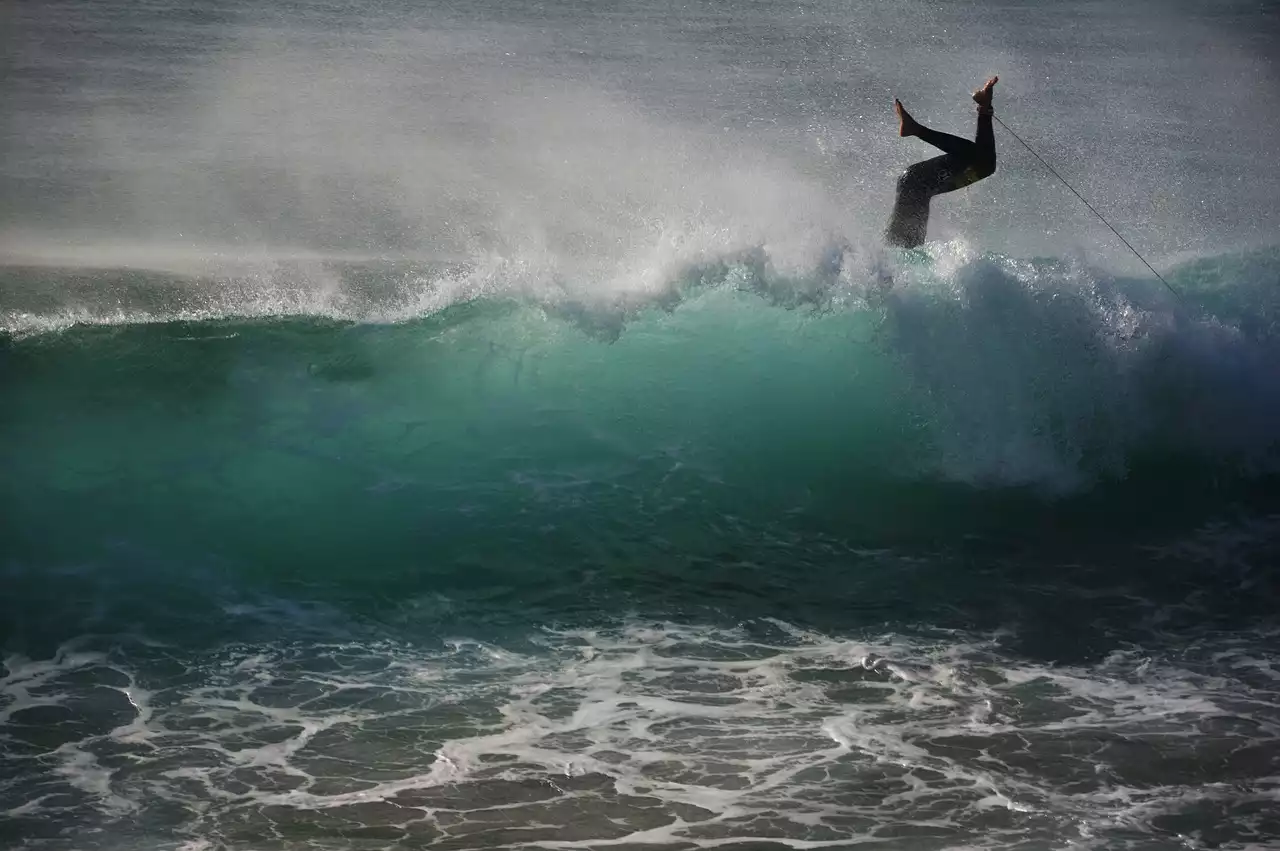

.png?size=50)
